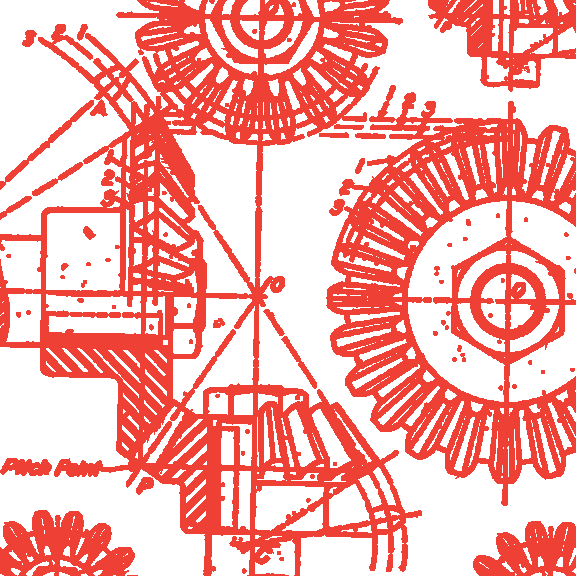
Our burger diagram essentially explains how your product SKUs are like a value meal. In this post, we'll take a deeper look at where that idea came from, what it is, and how understanding it can help save you headaches down the road on your path to manufacturing.
One of the more fundamental challenges any (customized) spreadsheet, Product Lifecycle Management (PLM) or Enterprise Resource Planning (ERP) tool faces is how to organize parts and assemblies. But anyone who has worked with any of these options knows that with spreadsheets you'll eventually come away with an Inception-style labyrinth of BOMs (Bill of Materials) inside of BOMs, inside of BOMs, and with PLM tools you'll face a mountain of documentation just to get started. While all of this is well-intentioned, it barely works when passing the project from the electrical engineer to the product design team, let alone trying to share data with a factory or supplier.
Our particular combination of Parts, Product Items, and SKUs accurately represents the contents of BOMs, while the naming conventions helped to reflect how the final product would be packaged and marketed.
But how do you quickly:
That’s where our burger comes in.
In showing the distinction between SKUs, Product Items, and all of the various part types, the crucial aspect is to understand the difference between assembly and part types. Especially on a platform where essentially everything is a BOM (just some BOMs have special attributes; more on that later).
We were brainstorming different imaginary parts and products to come up with a good description when Jason, our lead developer, drew this on the dry erase board:
Kind of looks like a burger, right? We thought so too. After much excited discussion, we realized that burgers and value meals are actually a great way to describe how data is structured, and gives a pretty good onramp of how to think about costs as well.
A SKU represents the thing that will sit on the shelf.
Typically we think of a SKU as the item that will have a barcode attached. Our platform is flexible enough that this doesn’t always have to be the case (i.e. products that are bundled), but generally, it is. In our metaphor, the SKU is like a value meal. It’s a package of goods that are sold at a particular price.
Many cost reporting features (including Breakeven and Cash Flow reports) rely on SKU-level information. Labor Cost, Standard Markup and Consignment Markup are managed at this level, so it helps to visualize the product your customers will be purchasing off the shelf, including the packaging, especially early in the process. This highlights opportunities for bundles and cost efficiencies. It’s important to identify what’s going to be sold as a SKU before entering your product data because it’s easier to organize at the start then enter the details later. Considering the packaging and accessory costs too late can create cash flow headaches and therefore you can model retail prices to understand how to best cost your item for cash flow management.
This wraps up our convo on the SKU (the meal). In part 2 we’ll break down in more detail the rest of the aspects of the SKU, including the product items, packaging and of course accessories. Don’t worry we’ll have you feeling full!
